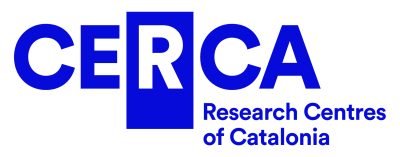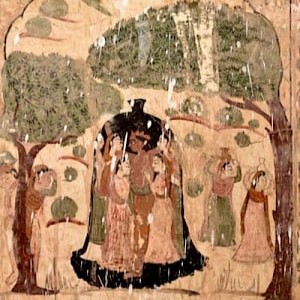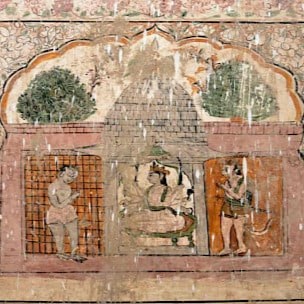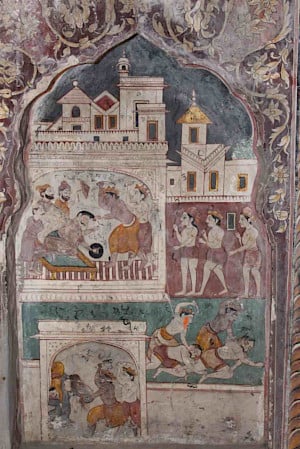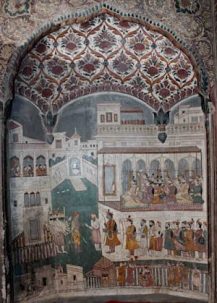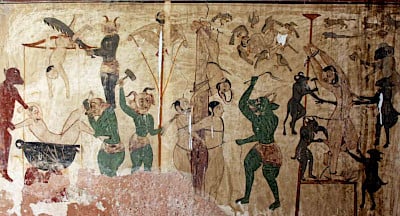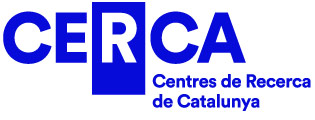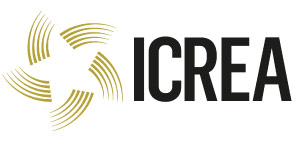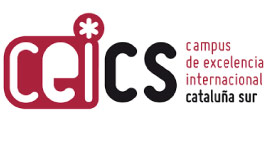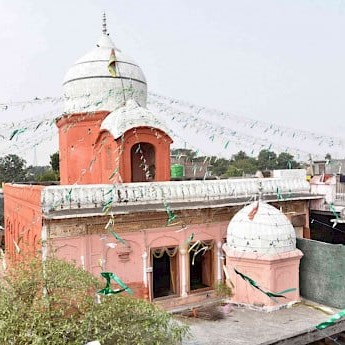
Navjot Kour, a postdoctoral researcher in the GIAP research group, has published an interesting informative article about the social, cultural, and political aspects that can be seen in the mural paintings of the Temples of Jammu (India) during the Dogra Empire era.
The historic Dogra empire was at the crucial crossroads of empires and political states such as the Khyber corridor on its west, Punjab in its south, Pahari kingdoms in its south-east and Tibet in its east, with the alpine range of Gilgit-Baltistan safeguarding its northern frontiers.
This region is also marked by a diverse religious demography adhering to a variety of faiths including Hinduism, Islam, Sikhism, and Buddhism.
In the mid-19th century, a period marked by rising political turbulence in South Asia, the Dogra patrons constructed two major temples at Jammu, notable for their murals bearing Hindu, Islamic, and Sikh sensibilities.
The article, published by the Centre of Excellence for Himalayan Studies at the Indian university Shiv Nadar University (Delhi), explores the various social, political, and diplomatic factors that influenced the commissioning of subject matter religiously syncretic in nature while considering factors such as the varying demography, personal inclinations of the patrons, as well as the strife for the political legitimacy of the Dogra dynasty.
Don’t miss this read to understand the historical and cultural richness of this fascinating region of India!
Social, Cultural and Political Undertones in the Temple Murals at Jammu: A Study of Religious Syncretism in the Iconography and Typology, Navjot Jour, Issue Brief May 2024, Centre of Excellence for Himalayan Studies / Shiv Nadar University.
With more than a dozen images, like these:

Navjot Kour is a postdoctoral researcher (under Spanish Agencia Estatal de Investigación PCI2021-122026-2B) at the ICAC’s Landscape Archeology Research Group (GIAP). Her broad research revolves around the interactions between the hydrological resources of the Jammu and Kashmir regions, in northwestern India, and the exploitation of the landscape during the Indus Valley Civilization (3500 BC – 1900 BC), through the combined study of settlement patterns and their material culture, and making use of innovative tools in the field of computational archaeology.
Doctor in Archeology since 2022, her doctoral thesis focused on analyzing settlement patterns and material culture through ceramic archaeometry in prehistoric and historical sites in the Jammu Plains (India). For millennia, this region has been a transit point for all the routes that cross northern India and connect the branches of the Silk Road with the Himalayas and with the north of present-day Pakistan.
About the Catalan Institute of Classical Archaeology (ICAC-CERCA)
The Catalan Institute of Classical Archaeology (ICAC-CERCA) is a CERCA center established as a consortium in 2003 by the Government of Catalonia and the Rovira i Virgili University. It is a Catalan institution with an international scope, at the forefront of research and conservation of archaeological heritage. Its headquarters are located in Tarragona, a city recognized as a UNESCO World Heritage Site in the year 2000. Its researchers work to understand the past through the study of archaeological remains and promote the preservation of the historical legacy. We are CERCA!
For more information, visit www.icac.cat.
